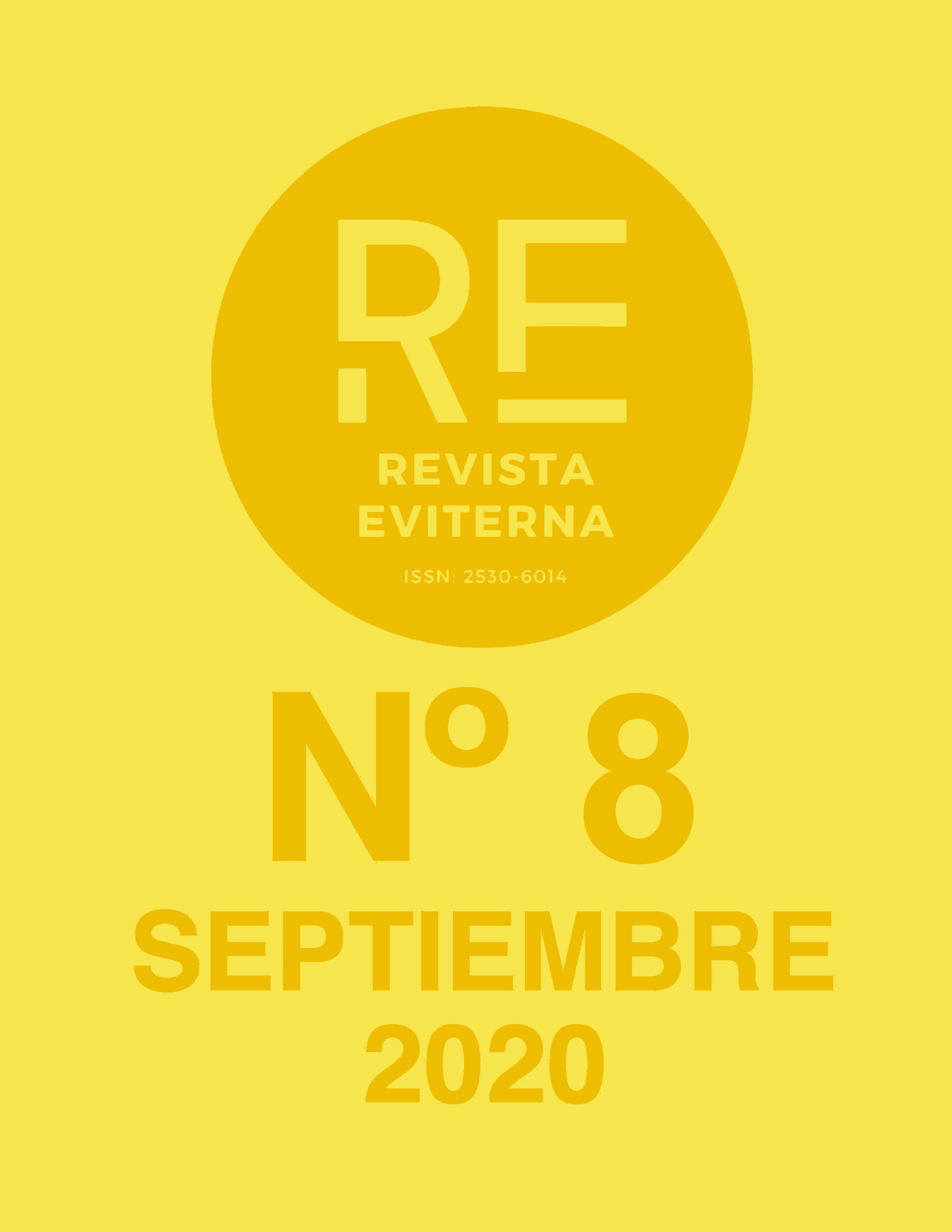The first dressmakers in the Royal Wardrobe of Queen María Luisa de Parma (1789-1808)
DOI:
https://doi.org/10.24310/Eviternare.vi8.9242Keywords:
SS. XVIII-XIX, María Luisa de Parma, Fashion history, dressmaker, dressesAbstract
In this article we have proceeded to the study of the different dressmakers at the service of Queen Maria Luisa de Parma. One of the factors that will have great importance in the Royal Wardrobe of the sovereign is the insertion of the first dressmakers, who not only made dresses but also textile accessories such as belts, clothes, bands, bags, etc. This series of creators not only made dresses for the sovereign, but are suppliers of garments and fabrics for the royal family. Among the most relevant dressmakers we find Rose Bertin, being a dressmaker for Queen Marie Antoinette and Maria Luisa, in addition to Maria Moulinier and Darguins, Ana Launay and the first male dressmaker, Joseph Martin, who first seized the queen and later court dresses. Through the work of the unpublished documentation consulted in the archives, we know that the work of the dressmakers is no longer carried out in anonymity, but that their work begins to be valued as a creation that reveals great inventiveness and mathematical knowledge, geometry and sewing. From the 19th century on, the figure of dressmaker will be fully established as one of the most important trades in the textile industry.
Downloads
Metrics
Publication Facts
Reviewer profiles N/A
Author statements
Indexed in
-
—
- Academic society
- N/A
- Publisher
- Universidad de Málaga
References
Benito García, P. (2008), “Aproximación al guardarropa de María Luisa de Parma”. Reales Sitios, n.º 175, pp. 46-67.
Cerrillo Rubio, Lourdes (2019). Moda y creatividad. La conquista del estilo en la era moderna, 1789-1929. San Sebastián: Nerea.
Descalzo Lorenzo, A. (2008). Carlos y María Luisa de Parma: vestidos para reinar. Ponencia presentada en el IV Congreso Internacional de la Sociedad Española de Estudios del siglo XVIII en la Universidad de Oviedo, España.
López Barahona, V. (2019), Mujeres y marco gremial en Madrid durante la Edad Moderna: la política sexual del privilegio. En Àngels Solà Parera (ed.). Artesanos, gremios y género en el sur de Europa (siglos XVI-XIX) (pp. 127-149). Barcelona, Edicions de la Universitat de Barcelona.
- (2016). Las trabajadoras en la sociedad madrileña del siglo XVIII. Madrid: Libros del taller de Historia.
López Barahona, Victoria y Nieto Sánchez, José (2010). “La formación en un mercado de trabajo: las industrias del vestido en el Madrid de la Edad Moderna”. Sociología del trabajo, n.º 68, pp. 147-169. Recuperado de: (https://www.academia.edu/20543480/La_formaci%C3%B3n_de_un_mercado_de_trabajo_las_industrias_del_vestido_en_el_Madrid_de_la_edad_moderna)
Perrot, Pierre (1981). Les dessus et les dessous de la bourgeoisie. Una histoire du vêtement au XIX siècle. París: Fayard.
FUENTES PRIMARIAS
AHN. Estado, legajo: 3939, expediente: 20.
AGP. Administración general, legajo: 231, expediente: 6.
AGP. Administración general, legajo: 242, expediente: 4.
AGP. Histórica, caja: 143.
AGP. Administración general, legajo: 252, expediente: 1.
AGP. Administración general, legajo: 246, expediente: 1.
AGP. Administración general, legajo: 250, expediente: 3.
AGP. Administración general, legajo: 255, expediente: 2.
AGP. Administración general, legajo: 257, expediente: 1.
AGP. Administración general, legajo: 254, expediente: 2.
Downloads
Published
How to Cite
Issue
Section
License
All the contents published in Revista Eviterna are subject to the Creative Commons Reconocimento-NoComercia-Compartirigual 4.0 license, the full text of which can be found at <http://creativecommons.org/licenses/by-nc-sa/4.0>
They may be copied, used, disseminated, transmitted and publicly exposed, provided that:
The authorship and original source of your publication (Journal, editorial and URL of the work) are cited.
They are not used for commercial purposes.
The existence and specifications of this use license are mentioned.

Copyright is of two kinds: moral rights and patrimonial rights. Moral rights are perpetual, inalienable, inalienable, inalienable, inalienable and imprescriptible prerogatives.
In accordance with copyright legislation, Revista Eviterna recognizes and respects the moral rights of the authors, as well as the ownership of the economic right, which will be transferred to the University of Malaga for dissemination in open access.
The economic rights refer to the benefits obtained by the use or disclosure of the works. Revista Eviterna is published in open access and is exclusively authorized to carry out or authorize by any means the use, distribution, disclosure, reproduction, adaptation, translation or transformation of the work.
It is the responsibility of the authors to obtain the necessary permissions of the images that are subject to copyright.







12.png)



